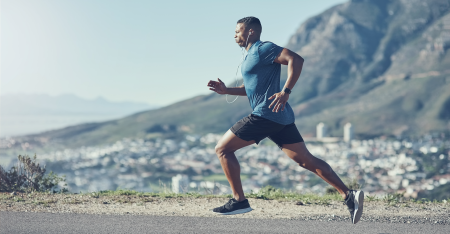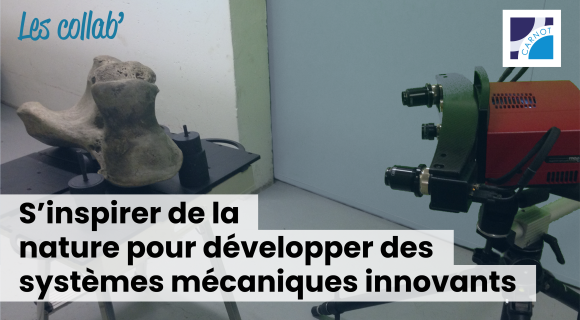Study of movement and its determinants: to identify and understand the determining mechanisms of a normal, pathological or sporting gesture with a view to performance, rehabilitation or optimization and innovation for the design of a product.
Expertises
-
Mechanical approach
Understand laws of behaviour of a solid or fluid system thanks to constraints, pressures, deformations to understand the movement of a multi-body model.
- Caracterization of materials
- Numerical simulation
- Biorobotics and biomimicry.
Logiciels : Abaqus®, Mimic®, Comsol®, Catia®,...)
-
Biomechanical approach
To understand motor skills based on the mechanical and anatomical properties of the human body, focusing in particular on its musculoskeletal system.
- Performance evaluation
- Body segment movement analysis and eye-tracking
- Exploration of muscle function
-
Physiological approach
To study the endogenous and exogenous interactions between man and its environment by relying among others on the physiology of effort, sensory physiology,...
- Electrophysiological measurement of excitable cells such as muscle, CNS, SNP, brain, skin...
- Understanding of sensory systems
- Energy and muscle metabolism
- Gas exchange analysis
-
Psychological approach
Understanding the cognitive and societal origins of human behavior.
- Experimental psychology: descriptive and experimental methods based on qualitative and quantitative measures
- Cognitive psychology: behavior seen as a process of information processing that focuses on reaction time, memory, attention, learning, language and perception
- Understanding Human Factors
- Motivation, stress management and psychosocial aspects
- Memory, learning, attentional processes and cognition
-
Neuroscientific approach
Understanding the effects of the perceptual-motor loop for planning and coordinating movement through the structures of the nervous system (nerves, CNS, SNP, brain structures, spinal cord).
- Understanding of pathologies related to the nervous system
- Assessment of brain plasticity for cognition and motor skills of patients
- Analysis of cerebral and spinal processes related to movement and measurement of neuronal activity




